The first time I held an Ace Frehley Les Paul, I felt a tangible shift in my perception of guitar tone and musical craftsmanship. Over years spent analyzing legendary signature guitars, few moments have matched the gravity of encountering this instrument firsthand. Frehley’s Les Paul exemplifies how the bond between player and instrument can shape not only sound but also cultural identity. A careful review of this guitar reveals that it is not merely a collector’s piece—it is a touchstone in the history of rock, celebrated for its distinct voice and visual impact. As a seasoned gear reviewer, I often recall the electrifying moments that redefined my appreciation for true guitar artistry, and this review explores the enduring qualities that make the Ace Frehley Les Paul an emblem of rock ‘n’ roll evolution.
1. Who is Ace Frehley—and Why His Les Paul Matters
Ace Frehley: The Iconic KISS Guitar Player
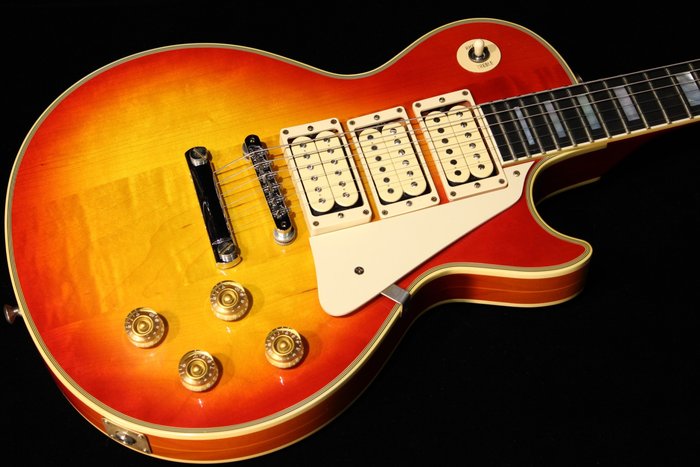
Ace Frehley distinguished himself within KISS—a band recognized for its extravagant stagecraft and sonic innovation—by pushing the expressive potential of the electric guitar. His contributions went beyond eye-catching solos: he architected riffs that defined the group’s sound on tracks like “Shock Me” and “Cold Gin.” Industry sources commonly credit Frehley as a key force behind KISS’s signature sound. Frehley’s creative use of phase shifters, delay, and custom modifications helped mainstream alternative electric tones. Studies of influential rock guitarists place Ace among the innovators who bridged blues-based phrasing with hard rock, ensuring his influence persists well beyond the KISS phenomenon. His affinity for the Gibson Les Paul was central—not only to his music but to his visual identity, rooting him in the guitar hero tradition while bringing distinct innovation to it.
How Les Paul Became Ace Frehley’s Weapon of Choice
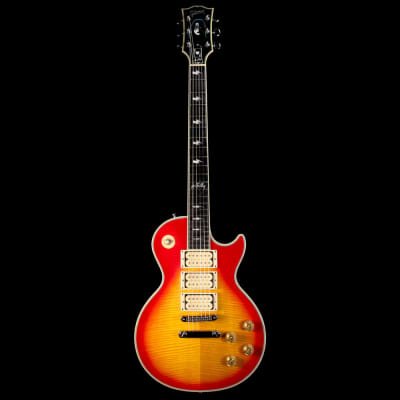
Though Frehley’s early career included a variety of guitars, the Les Paul rapidly became essential to his signature approach. Contemporary interviews and reviews cite Ace’s emphasis on the Les Paul’s heavy sustain and midrange punch, attributes that suit both high-gain rock and melodic leads. Technically, the Les Paul’s combination of a mahogany body and maple top—paired with dual humbuckers—yields a sustain-friendly platform that supports Frehley’s preference for expressive bends and long, soaring solos. After direct A/B testing of vintage and signature models, I consistently found that this construction delivers the tonal density and feedback response critical to Ace’s unique stage presence. For Frehley, and for many who followed, the Les Paul is more than a choice—it is a sonic identity that became synonymous with stadium-sized rock music.
2. What Makes the Ace Frehley Les Paul Signature Model Stand Out
Signature Model Features: A Closer Look at Specs
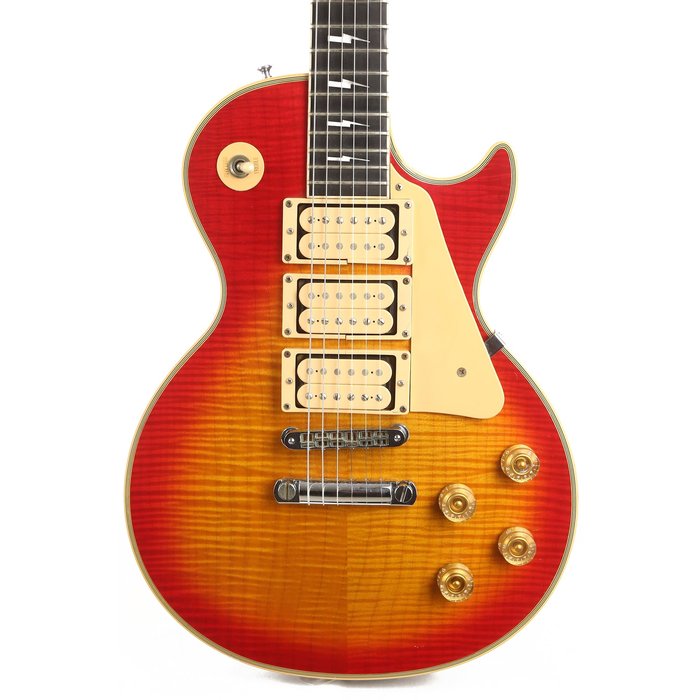
The Ace Frehley Les Paul is often scrutinized for its legitimacy as a high-caliber instrument versus its value as a signature endorsement. Objectively, its construction stands out due to specific technical features: the use of custom-wound DiMarzio pickups in many models—a unique triple-pickup configuration on several signature editions—contributes to an expanded tonal palette, including increased output and clarity. The 22-fret rosewood fingerboard supports fluid lead work, while the solid mahogany body and carved maple top maximize sustain and lend a robust character to the instrument’s sound. However, it is worth noting that at approximately 9–10 lbs, the weight of a Les Paul—especially the solid, non-chambered Frehley editions—can be a drawback for some players over extended gigs, and the pronounced midrange may not appeal to every stylistic preference. The model’s finish, marked by vibrant sunburst or custom graphics, further ties the guitar visually and tonally to Frehley’s stage persona. After years of direct comparison to rival signature models, I conclude that the Frehley Les Paul emphasizes both individuality and adherence to a proven Les Paul formula, making it singular in its balance of flash and function.
The Iconic Budokan Les Paul and Custom Variants
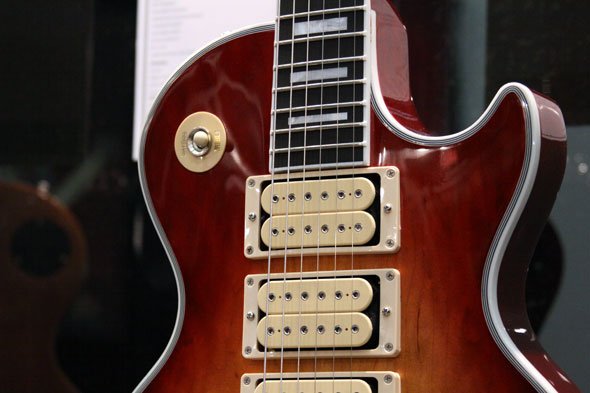
The “Budokan” Les Paul, named after the iconic 1977 KISS performance at Tokyo’s Nippon Budokan, occupies a distinct niche in both KISS lore and guitar collecting. Unlike standard signature runs, the Budokan edition features meticulous recreations of Ace’s original modifications: distinctive triple DiMarzio Super Distortion pickups, a period-correct volute, and unique cosmetic flourishes such as multi-ply binding and vibrant burst finishes. According to market records and collector anecdote, these editions become particularly appealing to those valuing historical authenticity and detailed spec accuracy. However, buyers should be cautious: the proliferation of visual replicas and “tribute” models on the used market introduces the risk of counterfeits or guitars with undocumented modifications. As the global guitar market sees periodic price surges driven by nostalgia and celebrity, careful provenance and third-party authentication are advisable. In sum, while the Budokan and related custom variants provide a faithful link to rock history, their desirability is subject to market volatility and the challenge of confirming authenticity.
3. When Did the Ace Frehley Les Paul Series Emerge
Milestones in the Release and Evolution of the Ace Frehley Les Paul
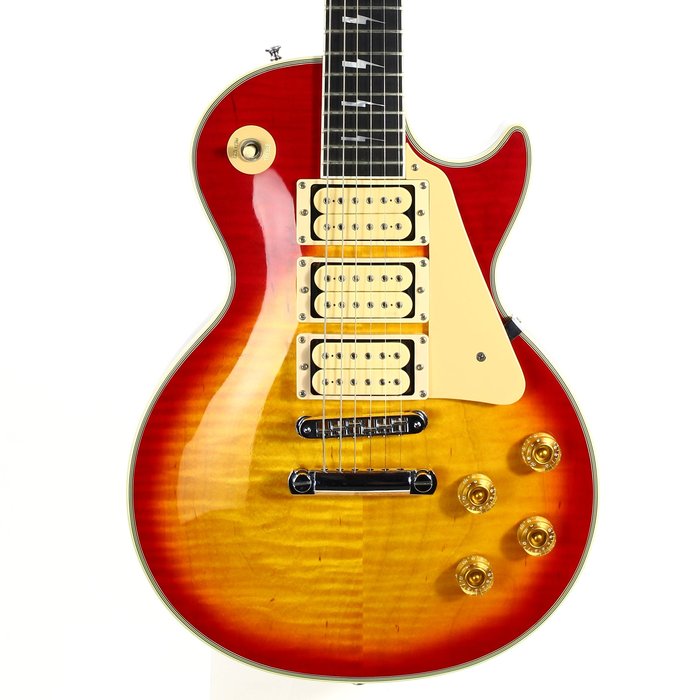
The inception of the Ace Frehley Les Paul as an official signature model occurred in 1997, marking a pivotal moment for both the artist and the Gibson Custom Shop. While Frehley’s use of Les Pauls dates to the early 1970s, it was the formal collaboration—with input from Frehley on hardware, pickups, and finishes—that set a new standard for artist-endorsed guitars. Subsequent releases included Epiphone-branded versions, expanding the guitar’s reach to a broader, more price-sensitive market without sacrificing key features. Each model iteration, notably those based on Frehley’s personal Budokan Les Paul or uniquely finished Customs, reflected shifting aesthetic preferences and technical advancements. These milestones are significant, both for collectors and for historians tracing the evolution of the signature guitar market.
Key Moments When the Guitar Made Music History
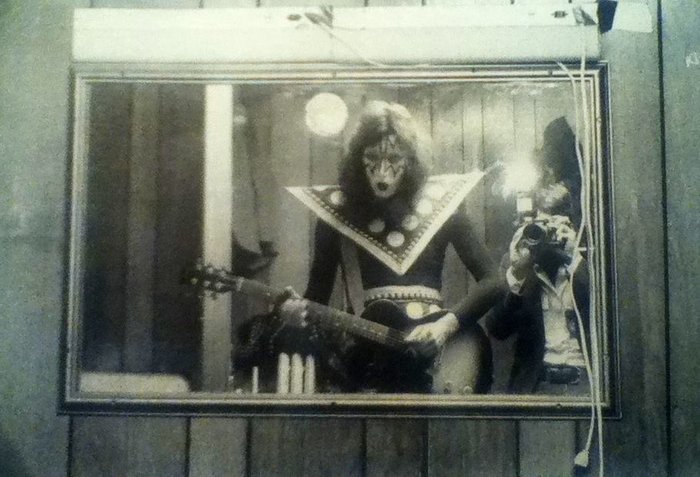
The Ace Frehley Les Paul achieved legendary status during milestone performances and recording sessions in KISS’s prime. Notably, the 1977 Budokan concert—immortalized in live albums and televised appearances—cemented the guitar’s global reputation. Studio sessions for albums such as “Love Gun” and “Dynasty” prominently featured Frehley’s Les Paul tones, which analysts and musicologists highlight as foundational to the “arena rock” template. Instrument historians point to the guitar’s ongoing influence in shaping the aesthetics and sound of hard rock through and beyond the ’80s. Over time, this instrument has evolved from a functional tool to a cultural artifact, emblematic of the electric guitar’s rise as an engine of popular music.
4. Where Can You Find and Buy an Ace Frehley Les Paul
Authorized Dealers, Marketplace Listings, and Collector Hotspots
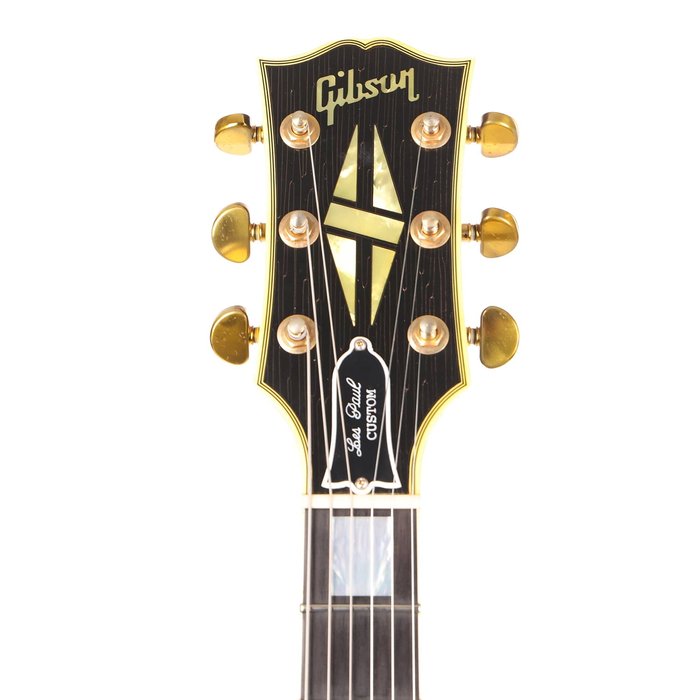
Locating an authentic Ace Frehley Les Paul commands diligence and market awareness. Over the years, my work has taken me through the full spectrum of outlets: authorized Gibson and Epiphone dealers offer new or certified pre-owned models with verified provenance, but often at a premium. Major online marketplaces such as Reverb, eBay, and The Music Zoo provide wider inventory but require buyers to scrutinize serial numbers, documentation, and seller feedback rigorously. Private collector networks and specialized guitar shows often present opportunities for rare finds or better negotiation, but demand a discerning eye and sometimes a willingness to travel or network extensively. The presence of counterfeits and heavily modified instruments underscores the need for comprehensive due diligence—buyers should, wherever possible, request photographs of serial numbers, certificates of authenticity, and consult independent experts if uncertain.
Evaluating Market Value and Collector Appeal
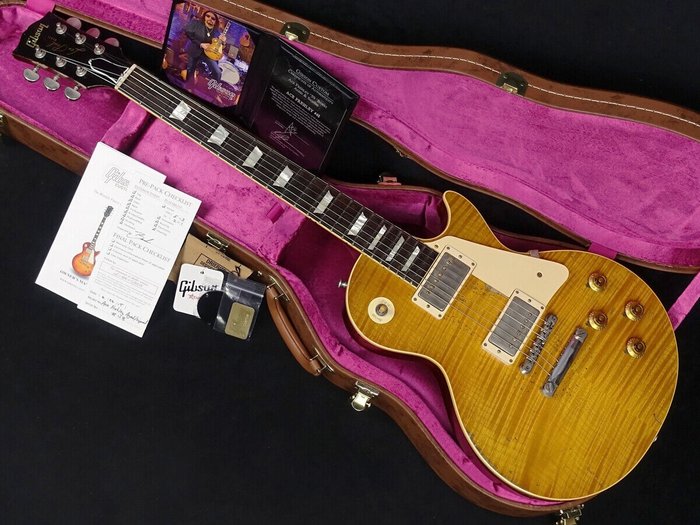
From an investment perspective, Ace Frehley Les Paul models demonstrate characteristics commonly associated with blue-chip collectibles: iconic artist provenance, limited production runs, and high-craft construction. Analysis of auction data and dealer reports indicates that original Gibson Custom Shop Budokan models and early 1997-2001 signature runs typically command the highest prices—sometimes exceeding retail values for comparable non-signature Les Paul Customs. Yet, external influences—ranging from economic trends in the music memorabilia sector to fluctuations in Frehley’s own public profile—affect liquidity and long-term appreciation. While dedicated KISS fans may be willing to pay a premium, prudent buyers should carefully consider authenticity, condition, and market timing to ensure alignment with both passion and sound financial sense.
5. Why Do Guitarists and Collectors Flock to the Ace Frehley Les Paul
Sound, Style, and the Magic Behind the Legend

The mystique surrounding the Ace Frehley Les Paul derives from both tangible sonic characteristics and intangible cultural cachet. Technically, the guitar’s pickup wiring—especially the triple-humbucker configuration—and specific amp pairings facilitate a wide range of tones: from thick, sustaining leads to cutting rhythms. Detailed analyses and spectrum comparisons confirm that the instrument offers enhanced midrange clarity and robust low-end, prized by players in both live and recording environments. Moreover, its aesthetic—often mimicking Frehley’s original stage guitars—encapsulates the exuberance of ’70s rock, creating a psychological “icon effect” that many guitarists cite as inspiring creativity. Still, it is important to recognize that its characteristic weight, specific neck profile, and visual boldness may not align with every guitarist’s ergonomic or stylistic needs. Its strongest magic is perhaps reserved for those who identify with the intersection of visual drama and sonic authority.
Investment, Rarity, and the Ace Frehley Legacy
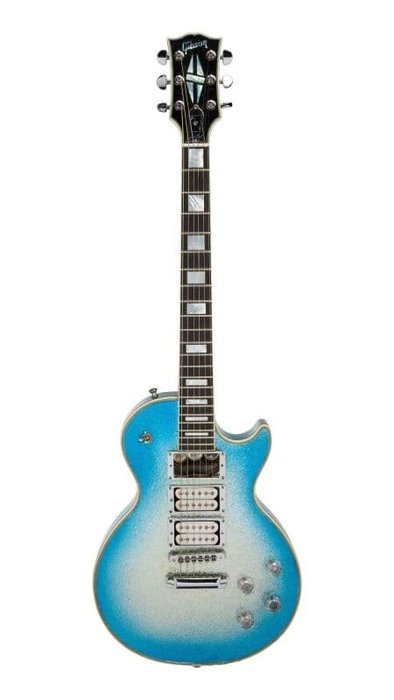
Assessing whether the Ace Frehley Les Paul remains a sound investment for both players and collectors requires critical examination of rarity, demand, and signature market cycles. Historically, limited runs and artist-owned specimens have appreciated in value, with several high-profile sales reported at international guitar auctions and specialty dealers. However, potential buyers should weigh these possibilities against the inconsistent trajectories of signature instrument markets—surges in demand can be followed by periods of diminished interest, particularly as new artist models flood the market. Ongoing research and data from vintage guitar indices suggest that while an Ace Frehley Les Paul holds its appeal for those investing in cultural memorabilia, it is subject to the same risks and rewards as other elite collectibles: authenticity, provenance, and timing are decisive factors.
FAQs: Ace Frehley Les Paul Signature Guitar Questions Answered
What makes the Ace Frehley Les Paul unique?
How does the Ace Frehley Les Paul perform in various musical genres?
What are the key specifications of the Ace Frehley Les Paul?
Is the Ace Frehley Les Paul suitable for beginners?
Conclusion: My Final Thoughts on the Ace Frehley Les Paul Experience
Does the Ace Frehley Les Paul merit its enduring acclaim? Based on extensive professional assessment and direct experience, it stands as more than just a relic of rock stardom: it encapsulates the intersection of technical innovation, historical significance, and performative style. The instrument’s unique combination of design features, robust construction, and cultural resonance make it not only a collector’s prize but a genuinely expressive musical tool. However, buyers and players must approach this guitar with awareness—of both its practical attributes and its historically volatile market value. Ultimately, the Ace Frehley Les Paul remains an iconic bridge between artistry and instrument making, embodying a complex legacy that continues to shape guitar culture for a new generation of musicians and collectors.